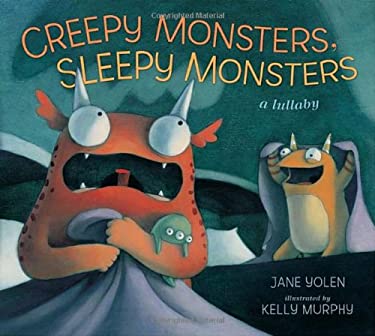A friend of mine recommended I read a book called, When Women Were Birds, by Terry Tempest
Williams. There were many reasons she thought I might enjoy it, one of which
was the author’s telling about her time spent with a speech therapist. You see,
Terry had a lisp and so, when she was in fourth grade she went to therapy while
other students played tag at recess. A couple of months back I mentioned David
Sedaris’ trips to see his speech
therapist; he didn’t paint a pretty picture. That made it especially pleasant
to read of Ms. Williams’ experiences. After teaching proper tongue placement,
the therapist had Terry practice “s” sounds by reading poetry, like this stanza
of Emily Dickinson’s:
Some keep the Sabbath going to
church:
I keep it staying at home,
With a bobolink for a chorister,
And an orchard for a dome.
In the process of perfecting her “s”, Terry learned “how to
hear the sounds of words and find delight in the rhythm and musicality of
certain combinations.” In addition, Terry developed her own voice.
Now I want to back up a moment because the term “voice” has
many different meanings. As a speech therapist, I sometimes work with students
with voice disorders. That might mean their voice is raspy because of vocal
polyps or nodules and they need to see an ear, nose and throat specialist in
addition to a speech therapist. Obviously, that is not the sort of “voice
problem” Ms. Williams was referring to when she said,
A speech impediment is an excellent
way to lose your voice, especially
in fourth grade.
She went on to describe being teased and then stated,
But the sure remedy to criticism
and ridicule was a simple one:
keep quiet.
I’m afraid this sort of “lost voice” is common among
children (and adults for that matter) and it comes not just from speech
impediments, but from a variety of differences or perceived differences. We can help those in our care find their
voices or as Terry Tempest Williams experienced,
I did not find my voice – my voice
found me through the compassion
of a teacher who understood how
poetry transforms us through the
elegance and lyricism of language.
That certainly inspires me to use more poetry and a variety
of other great literature with my students. And it makes me wonder – perhaps
all effective teachers, parents and writers are actually providing voice
therapy.





